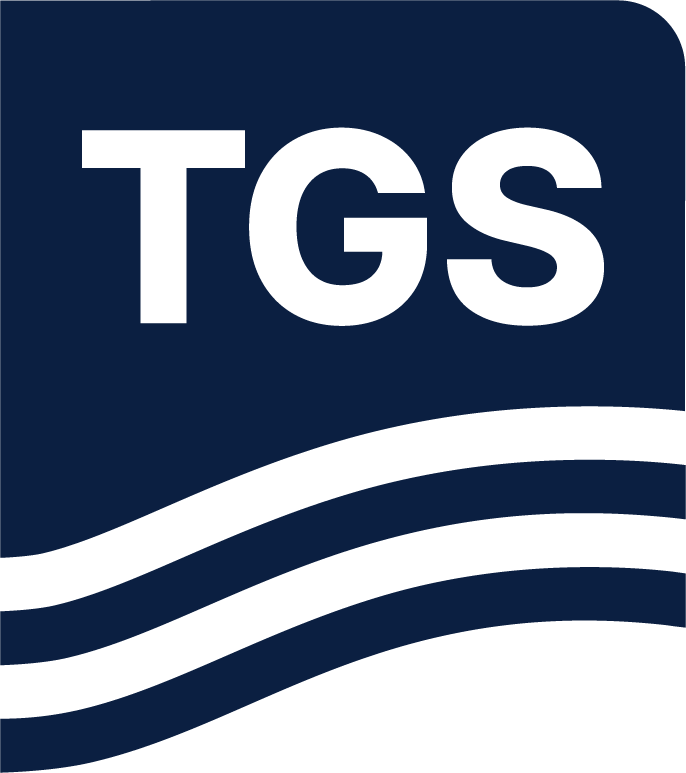Well Economics Dataset in Well Data Analytics Predicts Returns on these Untapped Geological Zones in the Rockies Region
In the Powder River Basin (PRB), E&P operators are expanding beyond legacy targets to tap into a range of underdeveloped or re-evaluated formations, aiming to enhance well economics amid subdued oil prices. The Niobrara and Mowry shales – once regarded solely as source rocks – are now actively targeted for their high oil potential, with Anschutz Exploration leading efforts in Niobrara using 2.5- to 3-mile laterals. Shallower zones like the Parkman and Sussex sandstones, previously exploited with vertical wells, are being re-entered with horizontal drilling, benefiting from improved porosity and stimulation technologies. Meanwhile, the Turner Sandstone remains a core target for operators such as EOG and Devon, who are optimizing with extended laterals. Deeper plays like the Teapot and Frontier formations are also drawing renewed interest for their thickness and stacked potential, despite challenges with reservoir quality, offering promising upside if successfully unlocked (Table 1). Among these formations, the Niobrara leads in peak production, surpassing 80,000 barrels per day, which highlights its growing importance in operator development strategies.
The scatter plot titled "LL Evolution" (Figure 1) illustrates lateral length trends in the PRB over time, segmented by producing formation. The data reveals a clear increase in the adoption of extended laterals – particularly 2.5- to 3-mile wells – beginning in late 2023 and accelerating into 2024. The Niobrara, Turner, and Mowry formations dominate the dataset, reflecting heightened operator interest in these zones. Notably, Niobrara wells (shown in light blue) consistently exhibit some of the longest laterals, with multiple completions exceeding 14,000 feet. This shift signals a strategic pivot among E&P companies toward maximizing reservoir contact to boost well productivity and economic returns, especially as commodity prices remain around $60/bbl (Figure 1).
Figure 2 illustrates the daily oil production rates from various formations within the PRB over time, highlighting both historical and forecasted volumes. Among all formations, Niobrara exhibits the highest peak production, surpassing 80,000 barrels per day, with a noticeable climb through 2022 and early 2023 before beginning its decline. Other significant contributors include the Turner, Parkman and Mowry formations. As of the most recent data point, Turner produces around 26,000 bbl/d, Parkman produces close to 20,000 bbl/d and Mowry reaches approximately 15,000 bbl/d. Forecasted production, represented by dashed lines, indicates a gradual decline across all formations, typical of tight oil plays post-peak. The data suggests that while the PRB continues to be a key oil-producing region, future output will rely on sustaining drilling activity and technological improvements to counter natural production declines.
Well Economics is now live in the PRB within the TGS Well Data Analytics (WDA) platform, offering users dynamic insights into single-well and asset-level performance (Figure 3). The image presents a comparison between single-well economics (left panel) and aggregated asset-level economics (right panel) for wells in the PRB, color-coded by producing formation. The selected single well on the left, targeting the Turner formation, shows uneconomical results with an IRR of just 1.1%, a negative NPV of $4.27 million, and a payback period exceeding 10 years, indicating poor standalone profitability. In contrast, the aggregated asset view on the right – combining 10 wells across formations like Niobrara, Parkman, and Mowry – delivers significantly improved results: a breakeven of $39.7/boe, a much stronger NPV of $24.2 million, a 20.2% IRR, and a reduced payback period of 2.5 years. These results highlight how aggregation smooths individual variability and enhances project-level economics, providing stronger justification for multi-well development strategies and potential expansion into newer formations with better upside.
The PRB's future depends on technological advancements and cost reductions to stay competitive. Despite promising geological prospects, higher operational costs and competition from established basins remain challenges. Strategic investments in infrastructure and new zones are crucial for growth. As oil prices stabilize around $60 per barrel, targeting untapped zones will be key to enhancing well performance and project economics.
For more information about Well Economics or the TGS Well Data Analytics — or to schedule a personalized demo — please reach out to us at WDPSales@tgs.com.

Table 1. Summary of new formation targets in the PRB.

Figure 1. Lateral length evolution colored by producing formation since January 2020 in WDA.

Figure 2. Daily production volumes (bbl/d) colored by producing formation for the PRB taken from WDA.
.png?width=1100&height=532&name=image%20(20).png)
Figure 3. Screenshot from TGS WDA comparing single-well (LHS) vs. asset-level performance (RHS) across formations, with key economic metrics. Assumptions include 100% working interest and an 18% royalty burden.


